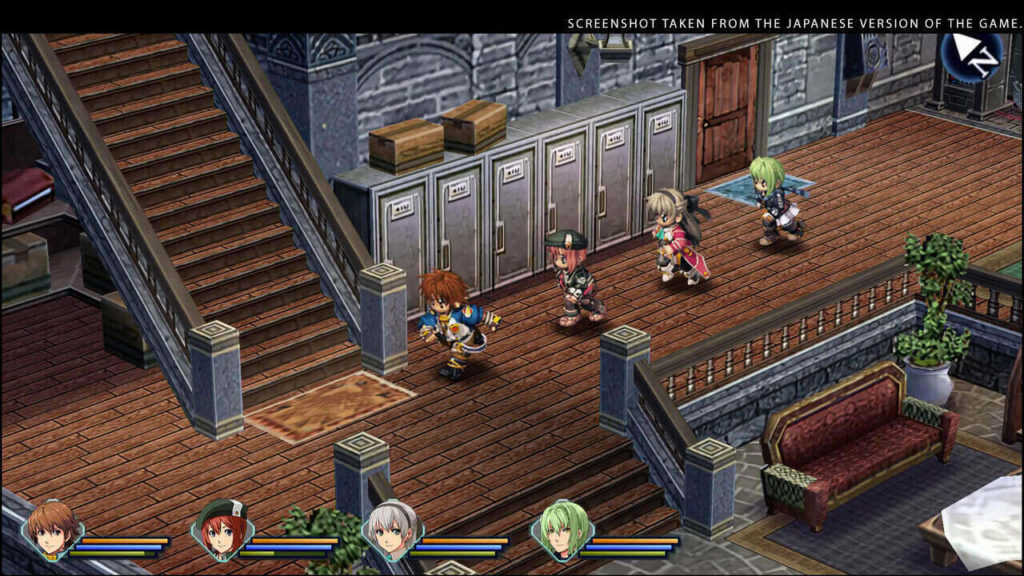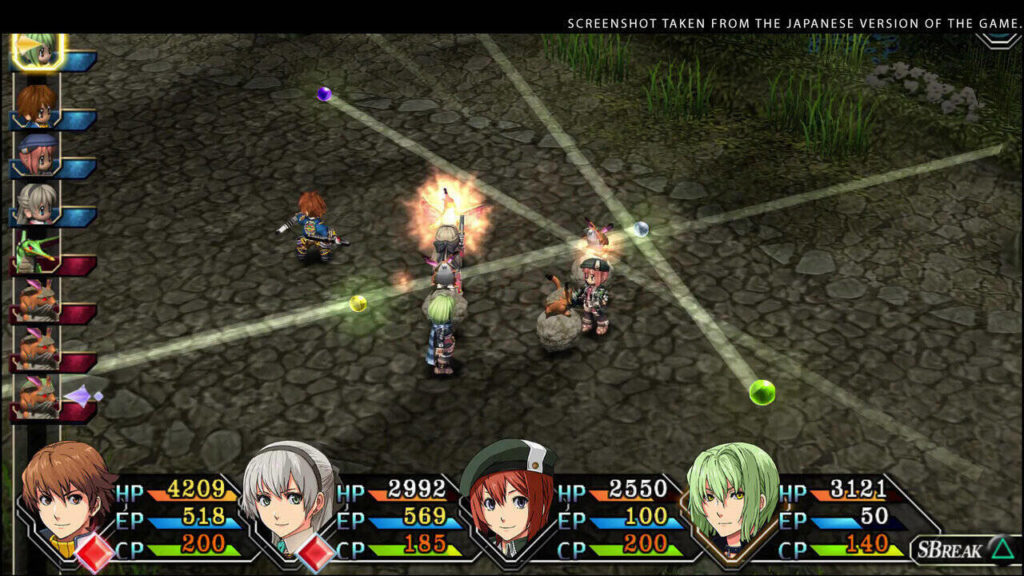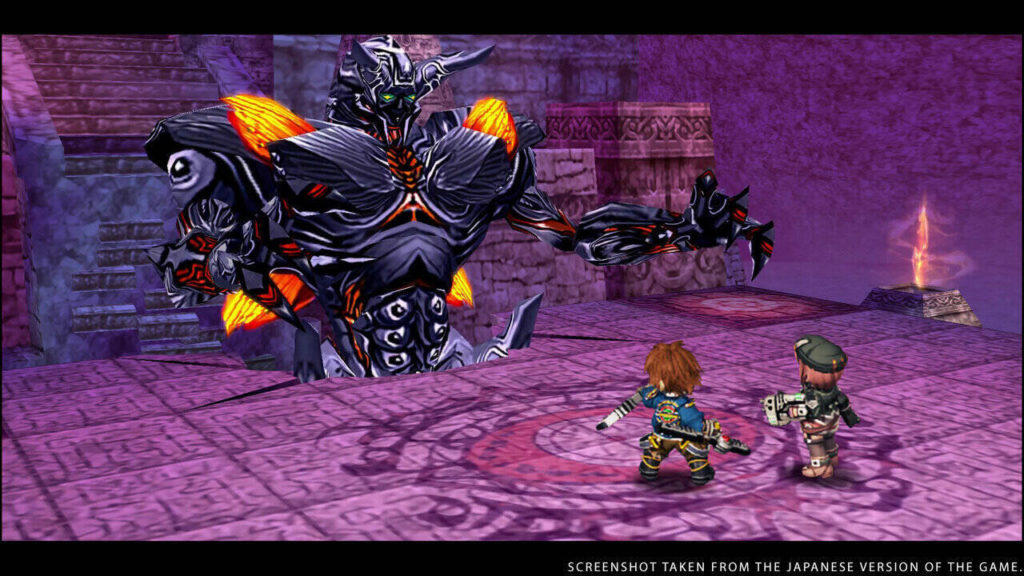The Legend of Heroes: Trails to Azure review
A highlight of last year for me was finally getting stuck into the Trails series. Thanks to the western release of The Legend of Heroes: Trails from Zero, I finally found myself a good starting point in the series and enjoyed a great JRPG because of it. The adventures of Lloyd Bannings and the rest of the Special Support Section really charmed me, so getting to revisit these lovely characters in The Legend of Heroes: Trails to Azure was a real treat.
After the events of the first game in this duology, the city of Crossbell finds itself in a state of unrest. While the issues of body transforming drugs and a mysterious cult had been somewhat overcome on the gang’s last adventure, there were still plenty of loose ends to deal with. As ever the SSS finds themselves in the thick of the city drama, but this time they’re already a highly respected part of the police force.
It’s hard to talk too much about the story of Trails to Azure, because doing so would spoil the first game almost entirely. This game is a direct sequel to Trails from Zero, and absolutely should not be played until the first game is completed. There are some handy character databases and plot summaries to refresh your memory if you need it, but it’s frankly not enough to bring new players up to speed. The story across both games is well worth experiencing though, and absolutely sticks the landing.

Whereas the last game largely focused on the SSS slowly gaining the trust of the general public, this time around this branch of the police is well known and greatly appreciated. Now with new recruits (which means new playable characters you may recognise) it’s time to hit the familiar streets of Crossbell and help any of the citizens who need you.
Each chapter of the game sees Lloyd and his team given a selection of requests to complete, which come in all shapes and sizes. Sometimes it’ll be as simple as killing a specific enemy on the road out of town, other times you’ll be asked by city hall to check who lives in various houses across the city. I never got tired of doing these tasks, and the setup of these bitesize missions really helps keep the pace of the game nice and snappy.
The combat is another aspect of the game that feels familiar if you put dozens of hours into the first game. Battles take place on a grid, and when a party member’s turn comes around they can unleash attacks, arts and crafts on your enemies to take them down. Each individual character has a range of abilities that will help in a variety of different situations, be it putting multiple foes to sleep, interrupting spellcasting or dealing damage to everyone in a line. It’s an easy battle system to get to grips with, but mastering it requires some serious thought. When it pays off against a big boss though there’s no better feeling.
Whereas crafts are abilities that are unique to each character, arts are based on the Quartz gems they have equipped to their grid. Enough red gems will mean you can unleash devastating fire attacks on a large area of the battlefield, whereas a bunch of blue gems will provide some potent healing powers. Combining different colours will give your party even more powerful and interesting spells to experiment with, and before long you’ll be a bunch of unstoppable monster killing machines.

Although the battles are largely the same as they were last time you were in Crossbell, Trails to Azure does have a couple of interesting new mechanics. The most impressive of these is the burst meter, which when full you can activate to make your spells cast instantly, deal more damage and heal all sorts of status effects. There are also master quartz that provide bonus buffs as well extra colours for your spell lineup. They aren’t the most groundbreaking new systems, but they shake things up just enough to feel like this sequel isn’t just more of the same.
Fans of the Trails series are sure to be excited that this pair of PSP games have finally been localised in the west, especially with the addition of the high speed mode that can be toggled at any time. The pace of the game without using this turbo mode is frankly quite sluggish, but by speeding up every single battle and my movement speed I never had a spare second to get distracted.
Because The Legend of Heroes: Trails to Azure was a PSP game originally, you do have to be aware that the graphics aren’t particularly modern. The lo-fi visuals are fairly appealing when it comes to environments, but the slightly dead eyed character models are not as appealing to look at.
Fortunately there are no such problems with the audio, as the soundtrack to this game is simply spectacular. From battle themes to environmental tunes, there is very little music in this Trails game I wouldn’t want on a playlist.

You can probably tell I’m pretty smitten with Trails to Azure, but it does have a few small issues. The main one of these is that combat can be fairly repetitive, especially when dealing with basic enemies. Most monsters you scrap with while wandering between locations are pretty trivial when it comes to power, and this means a whole lot of mindless mashing of the attack command if you want to level enough to beat the bosses.
I also just think the game lacks some of the charm of its predecessor. Reusing almost all the same environments means that some of the magic is lost this time around, especially when you end up wandering through identical dungeons to complete requests.
The Legend of Heroes: Trails to Azure is a fantastic JRPG, and a fitting end to a wonderful duology of games. The characters and story are simply wonderful, and the new additions to the game elevate it to new heights. A touch of the charm of the location of Crossbell is lost the second time around, but there’s still a lot of life left in this world that you need to experience.




